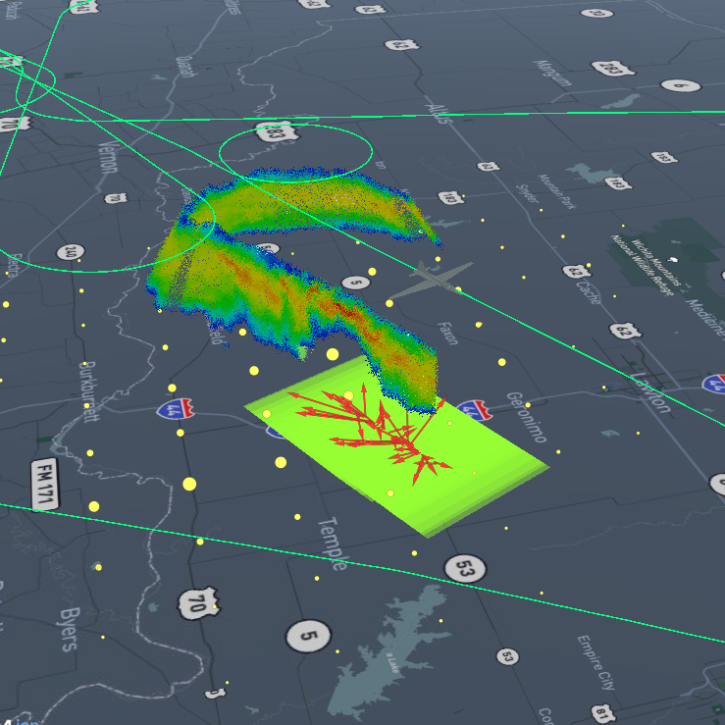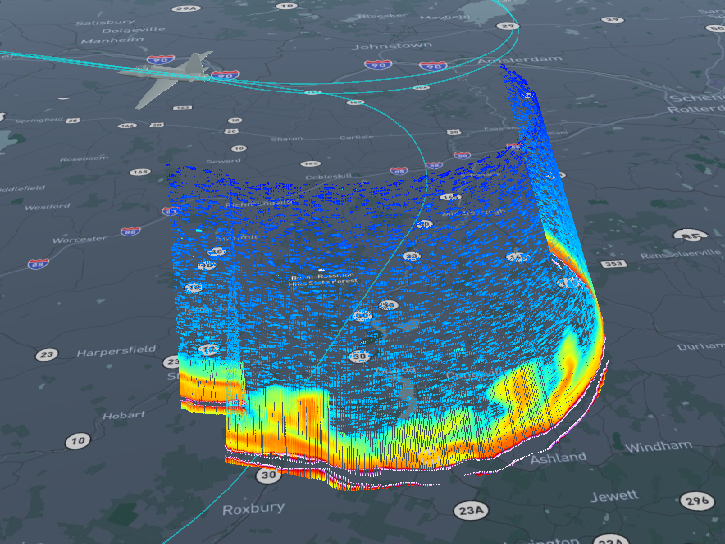A key component of NASA’s Earth Observing System is its field experiments, for intensive observation of particular phenomena such as hurricanes, or for ground validation of satellite observations. These field experiments collect many datasets from a wide variety of satellite, airborne, and ground-based instruments, on different spatial and temporal scales, often in unique formats. Such varied environmental observations are important for physical process studies, disaster assessment and response, as well as for the validation of environmental satellite observations and atmospheric models which can improve forecasts. However, the challenges inherent in working with such varied datasets mean they are underused despite their value.
We are in the process of migrating all NASA Earth science data sites into Earthdata from now until end of 2026. Not all NASA Earth science data and resources will appear here until then. Thank you for your patience as we make this transition.
Read about the Web Unification Project


